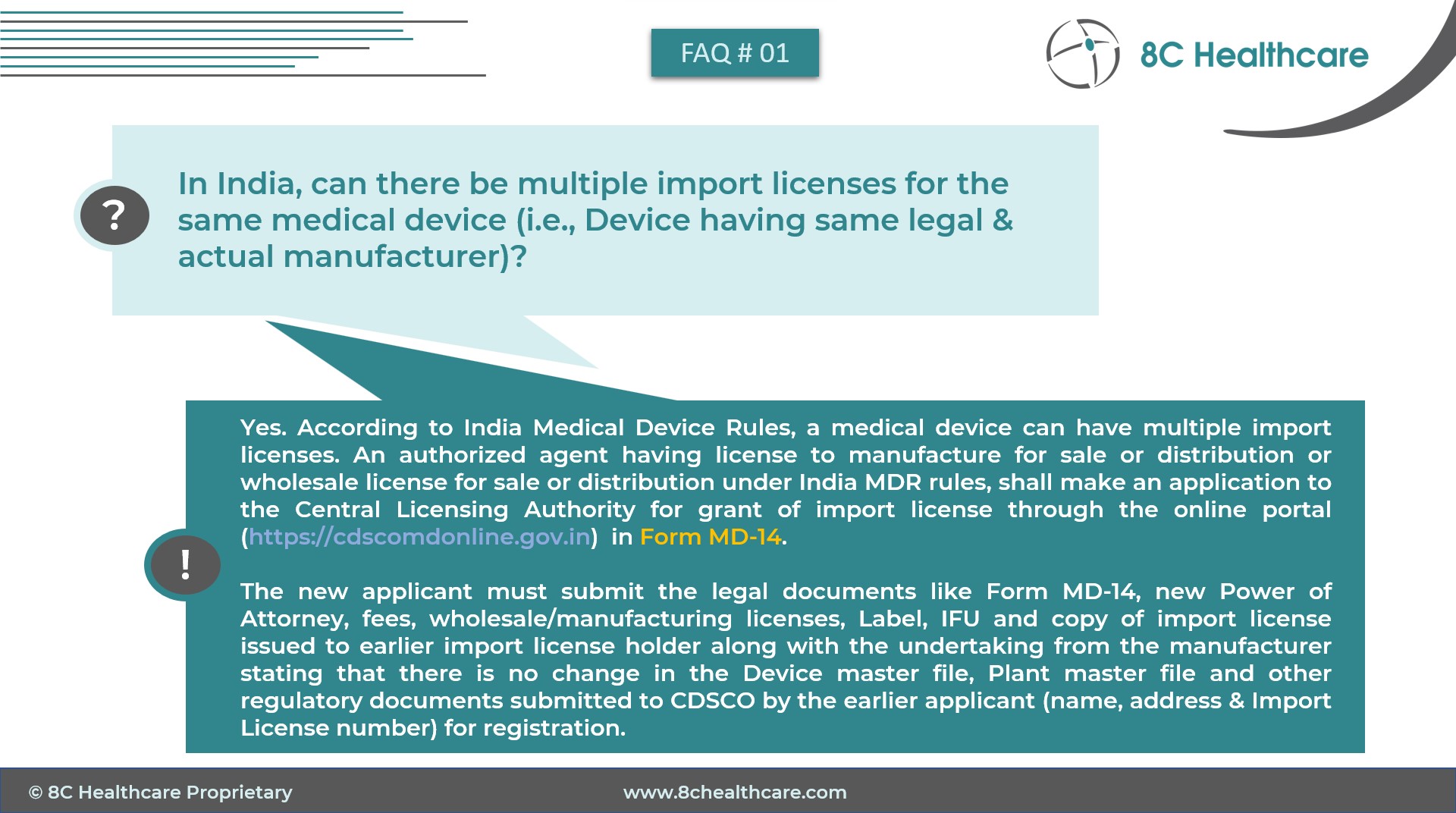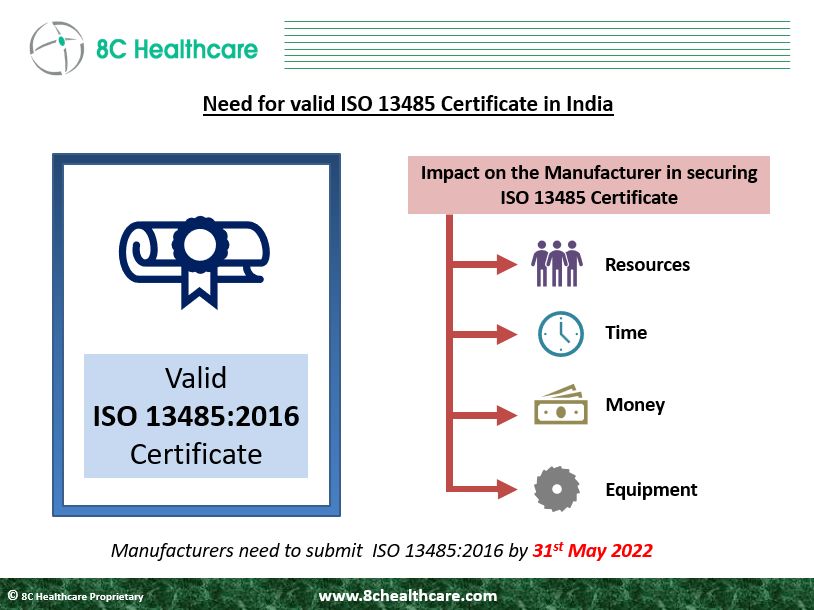US FDA De Novo Classification Request Process for Medical Devices
The De Novo classification pathway is a critical regulatory avenue for novel and innovative medical devices that lack a predicate on the market. This pathway, administered by regulatory agencies like the U.S. Food and Drug Administration (FDA), offers manufacturers a unique route for the classification of their ground-breaking devices that would otherwise fall into the Class III category.
Understanding De Novo Classification
The De Novo classification process is designed for low to moderate-risk medical devices that do not have a legally marketed predicate device to serve as a basis for substantial equivalence. This pathway provides a means for such devices to achieve a risk-based classification by establishing their safety and effectiveness.
There are two primary scenarios under which a device manufacturer can obtain a De Novo classification:
- Pre-Submission to the FDA: Manufacturers can initiate the process by submitting a pre-submission to the FDA, seeking feedback on the suitability of the De Novo mechanism. If deemed appropriate, the FDA provides guidance on the required documentation for a De Novo application. Approval hinges on effective predicate device searches, risk assessment, and the collection of sufficient data demonstrating safety and efficacy.
- Post-“Not Substantially Equivalent” Determination: Companies can request a De Novo classification within thirty days after the FDA deems the device not substantially equivalent. If no equivalent device exists, the sponsor can seek FDA determination without submitting a 510(k) application.
Submitting a De Novo Request:
- Initiating the De Novo Request Submissions : The process typically begins with the submission of a De Novo request to the regulatory agency, outlining comprehensive information about the device, its intended use, technological characteristics, and the provided clinical and non-clinical data. Manufacturers should also include a detailed description of the device’s features that contribute to its safety and effectiveness. An acknowledgment letter, including the De Novo number, is usually provided within 7 days of receipt.
- Data Requirements for the De Novo Submissions : Substantial data, both clinical and non-clinical, play a pivotal role in the De Novo classification process. Manufacturers must provide evidence demonstrating the device’s safety and effectiveness, as well as its performance characteristics. Well-documented clinical studies, testing results, and any relevant performance data are crucial components of a successful De Novo request.
- Risk Assessment : An essential aspect of the De Novo process is a thorough risk assessment. Manufacturers should identify and assess potential risks associated with the device and propose effective mitigation strategies. A comprehensive risk analysis contributes to a robust submission that aligns with regulatory expectations.
- Interaction with the FDA : Throughout the De Novo classification process, manufacturers may engage in interactive discussions with the FDA. This allows for clarification of regulatory expectations, addressing any queries, and ensuring that the submission aligns with the agency’s requirements. Open communication facilitates a smoother and more transparent regulatory process.
- FDA Review and Decision : Following the submission of the De Novo request, the FDA undertakes a comprehensive review, considering all provided data and documentation. The FDA initiates the substantive review of the De Novo request, addressing identified deficiencies through interactive review when possible. If deficiencies persist, an Additional Information (AI) letter is issued, placing the submission on hold. The submitter has 180 days to respond comprehensively. Upon successful completion of the review, the FDA issues a classification order, officially granting the device a risk-based classification.
- Post-Classification Requirements : Post-classification, manufacturers must adhere to specific regulatory requirements, including quality system regulations, labeling requirements, and post-market surveillance. Compliance with these obligations ensures ongoing safety and effectiveness monitoring and contributes to maintaining regulatory compliance.
Navigating Innovation: 8C Healthcare’s De Novo Classification Services
8C Healthcare De Novo Classification Services
- Complete De Novo Registration Process


